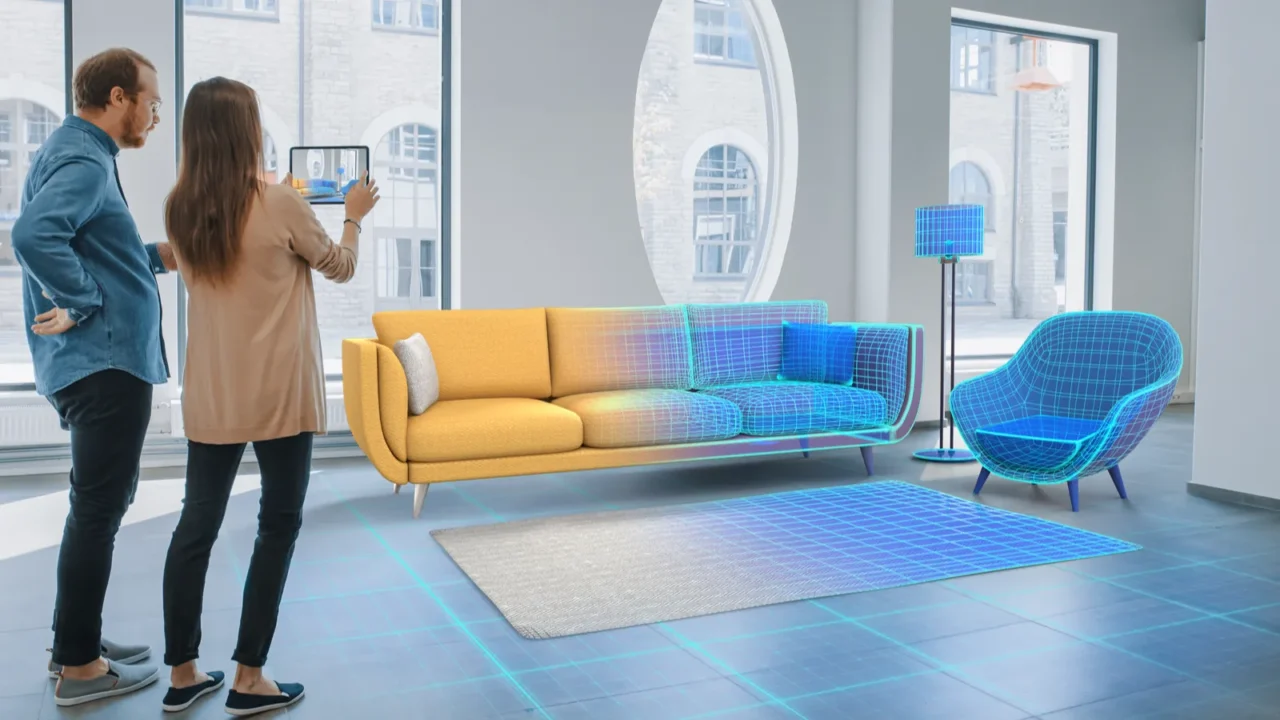
The AI Buzz in Interior Design
AI is everywhere: ordering your groceries, writing your emails, and now designing your home. Tools like ChatGPT-4o and AI floor planners are making big promises, from style ideas to full-blown room mockups.
But here’s the million-dollar question: Can AI really replace interior designers? We are diving deep into the buzz without taking any sides, exploring the brains behind the tools, and what design pros really think about letting tech take the wheel.
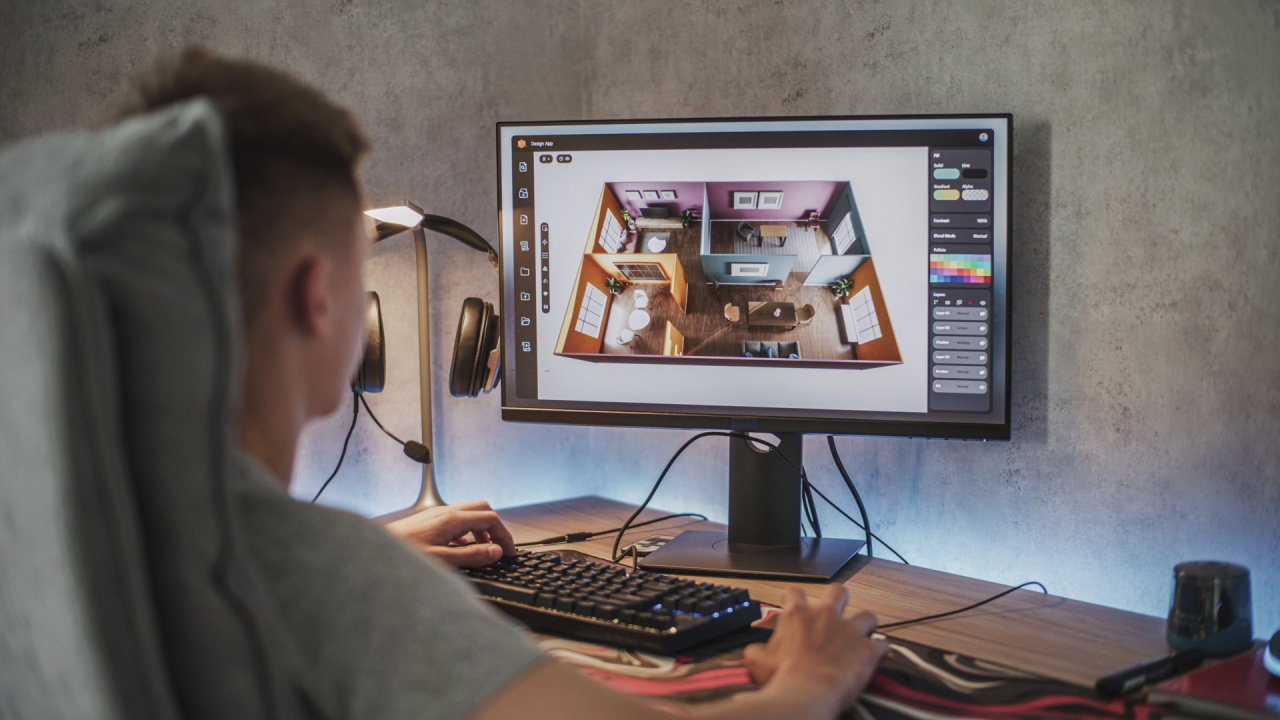
AI Tools Enhancing Design Processes
AI-powered applications like Digs, Renovate AI, and Remodel AI are transforming home renovation projects. These tools assist in creating 3D floor plans, managing logistics, suggesting design elements, and streamlining the renovation process.
Sure, AI nails logistics, but what about that “wow” factor that only a designer’s eye catches? Tools can guide you, but a human can surprise you.
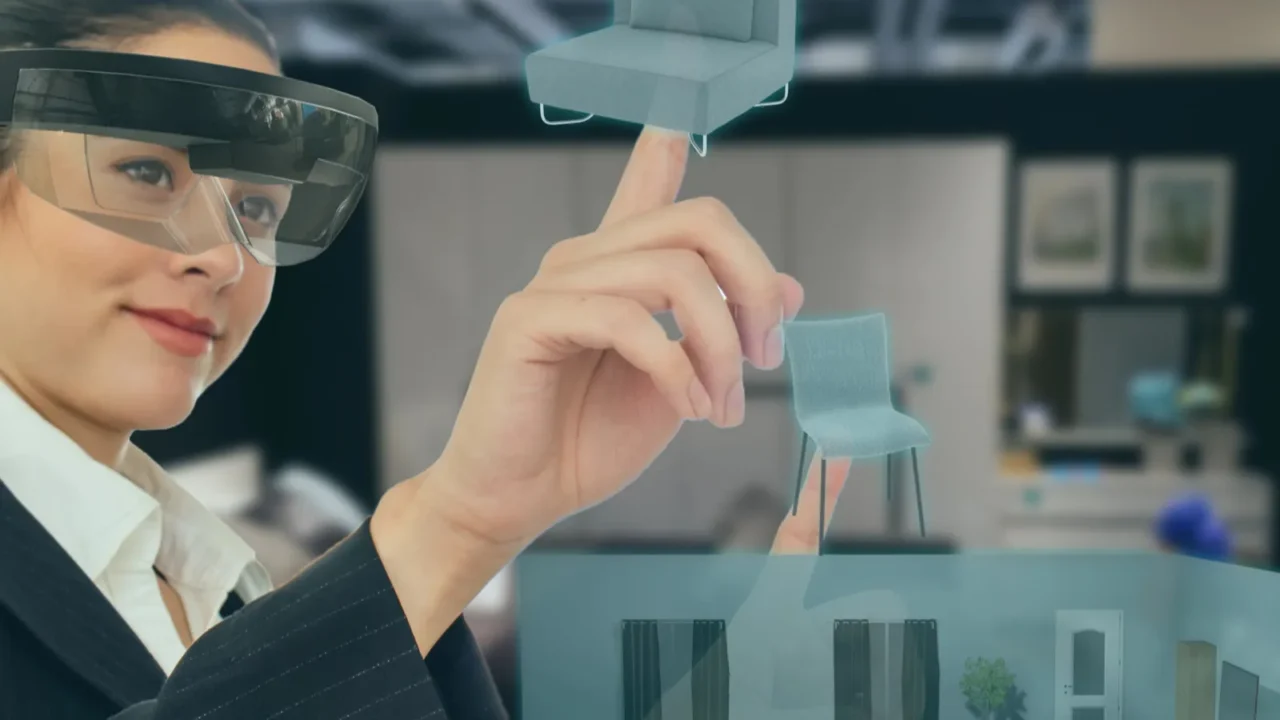
Personalized Design Through AI
AI algorithms analyze user preferences, lifestyles, and spatial requirements to generate customized design solutions. Tools like HomeDesigns.ai and RoomSketcher allow users to visualize different layouts and styles tailored to their tastes.
However, there’s a difference between tailoring a space and simply customizing it. The emotional resonance and storytelling in design are aspects where human designers excel.
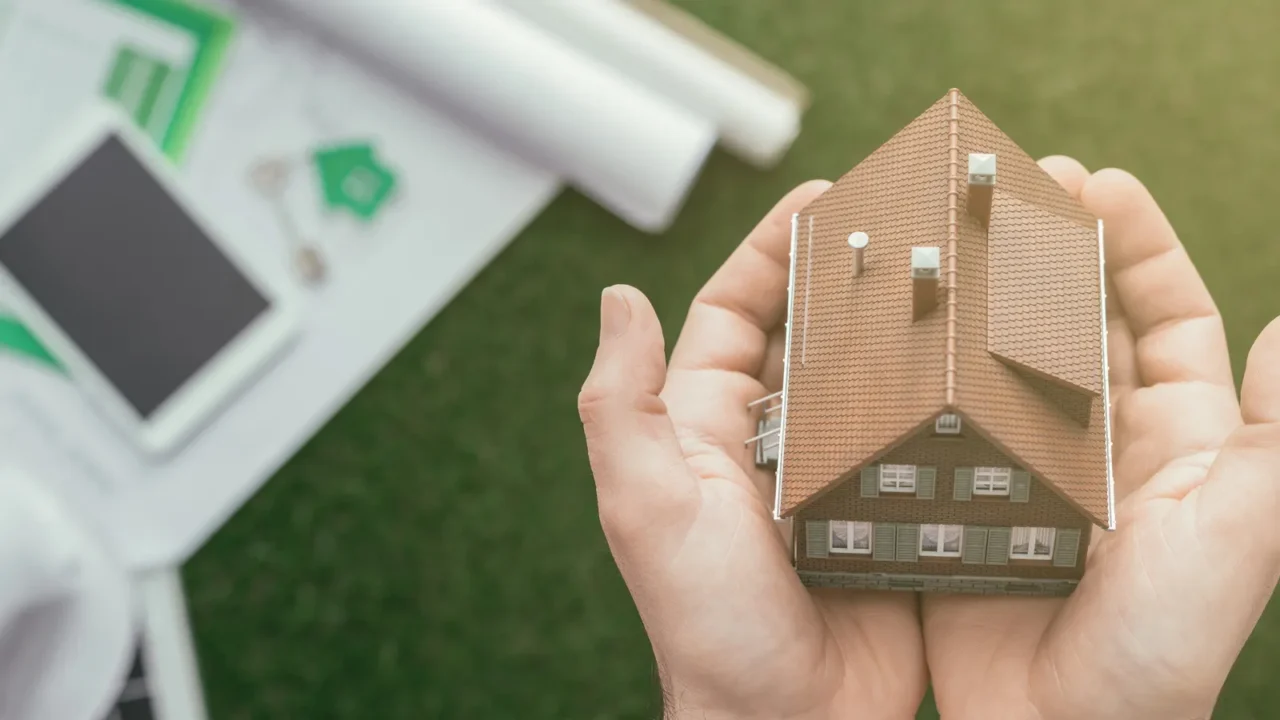
AI’s Green Thumb in Design
Sustainable design is more than just a trend, it’s the direction the industry is headed. AI tools can quickly recommend low-VOC paints, reclaimed wood, and energy-efficient materials with impressive accuracy.
But here’s the thing: sustainability isn’t one-size-fits-all. Designers bring nuance, creativity, and style that makes green design feel intentional, not generic.
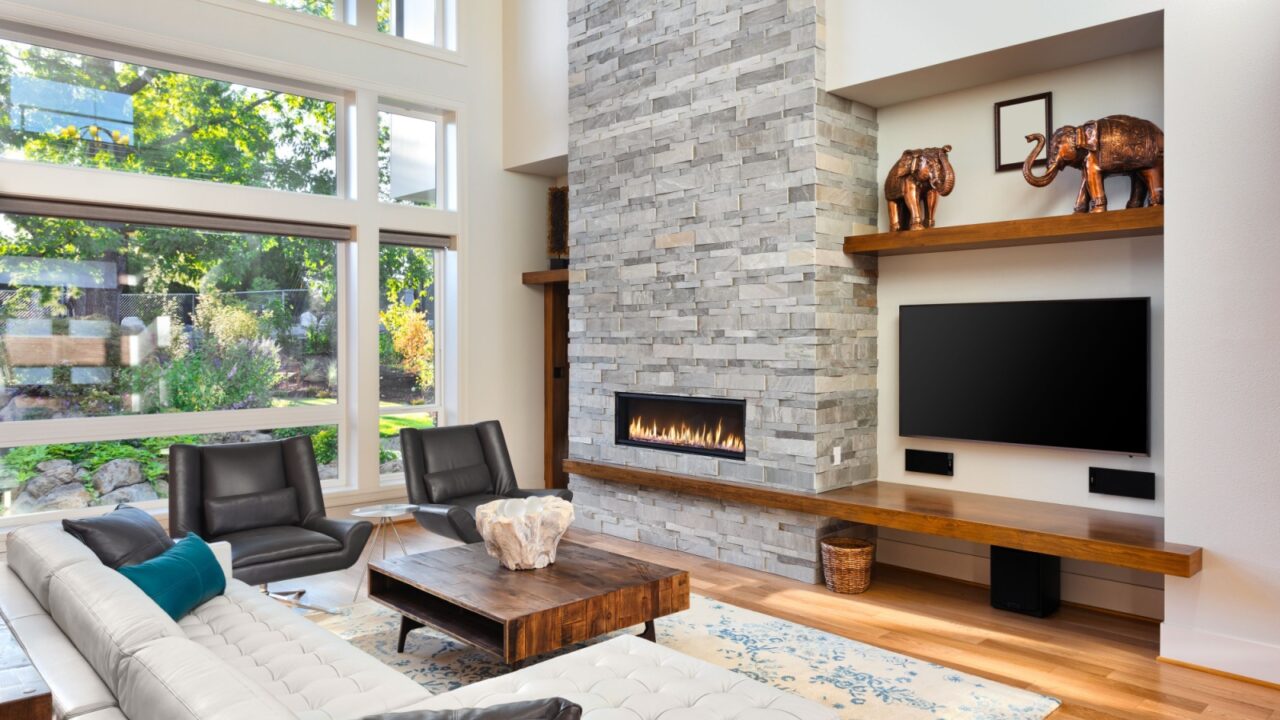
The Art of Improvisation
Designers know the power of pivoting. When a client changes their mind mid-project or a must-have item is suddenly out of stock, it’s not chaos; it’s where creativity shines. AI follows inputs and doesn’t improvise or feel the vibe shift in a space.
A human can walk into a room and just know a sofa needs rotating or a lamp needs swapping. That instinct, that jazz-like flexibility in design thinking? Purely human and impossible to code.
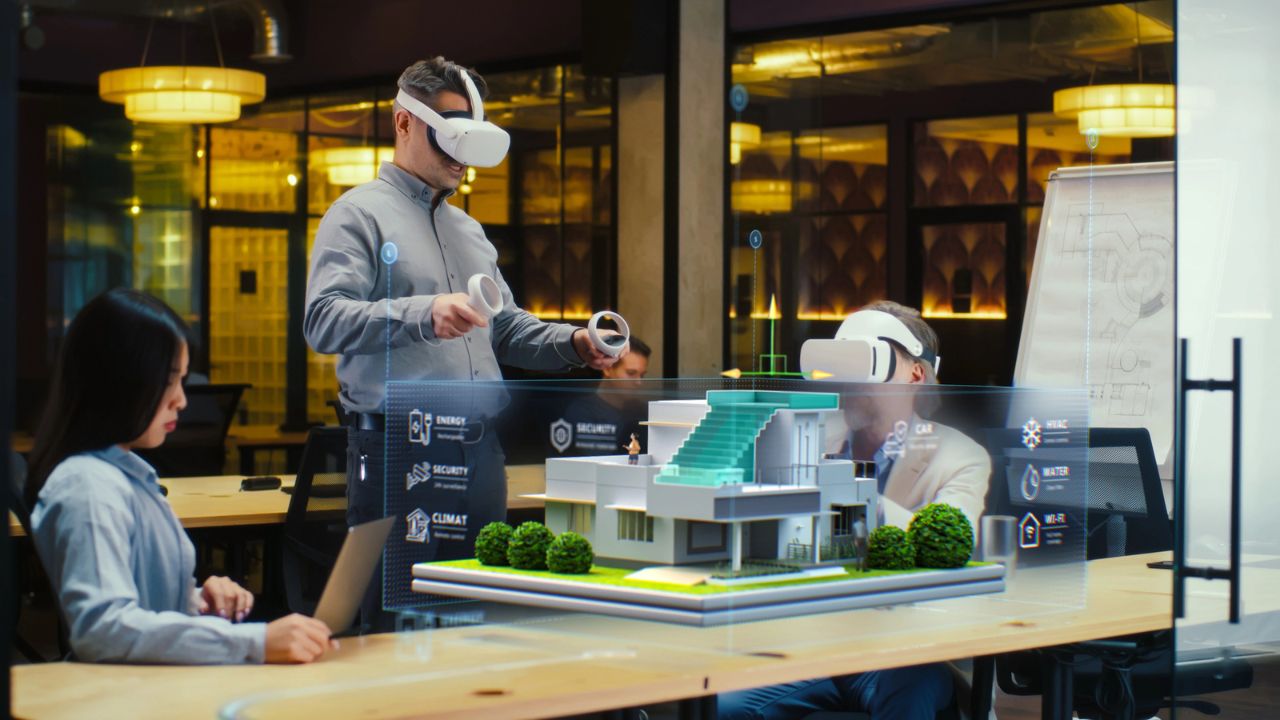
Dream Team (Designer + AI)
Many designers view AI as a collaborator rather than a replacement. They don’t fear AI, but they’re teaming up with it.
AI handles the grunt work: floor plans, color tests, and space calculations. That frees up creatives to do what they do best, dream big, and connect with clients. It’s less man vs. machine and more dynamic duo.

Is AI Playing Fair?
Not everything about AI is shiny. There’s concern over how much data it gathers, how biased it might be, and how much energy it eats up. (Yes, digital tools have carbon footprints too.)
Designers have to think beyond aesthetics; using AI responsibly is part of the job now. AI brings power and pressure, designers must balance both.
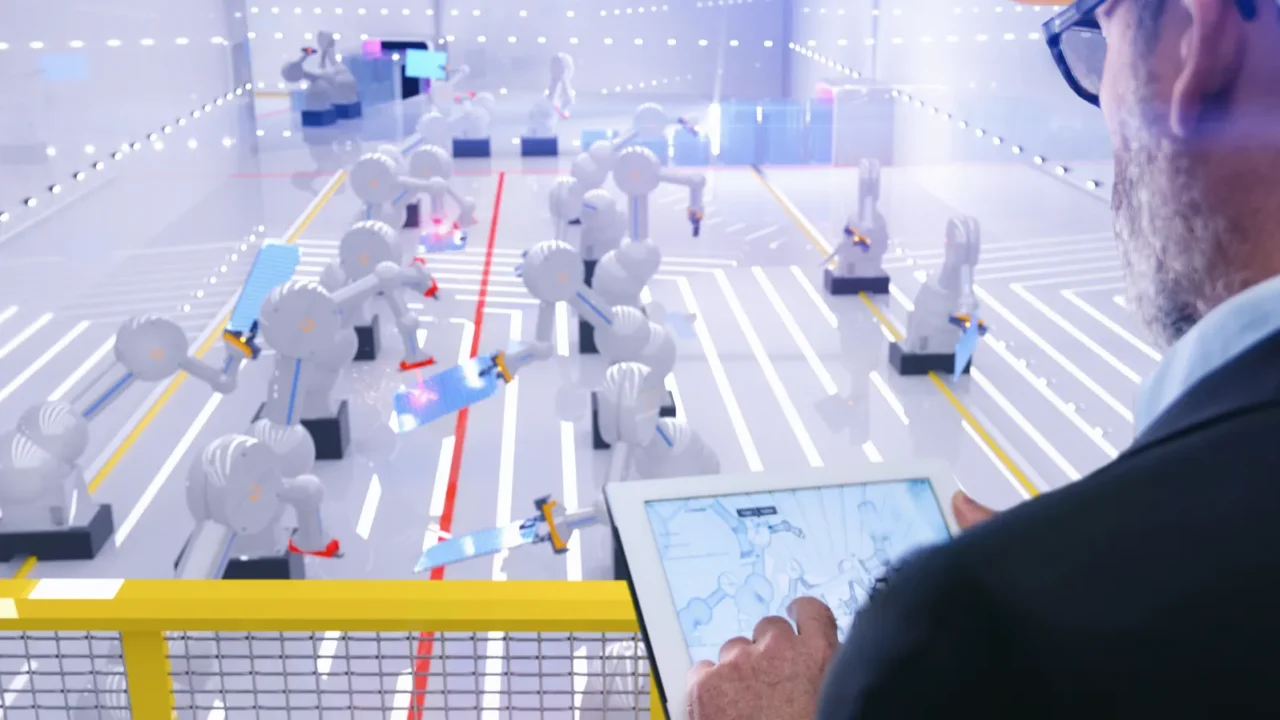
AI Future in Interior Design
Looking ahead, AI is expected to become more integrated into design processes. Expect smarter tools, better visuals, and maybe even AI that talks design fluently.
But no matter how intelligent it gets, AI still can’t walk into your home and feel its rhythm. That level of personal storytelling still belongs to the human touch.
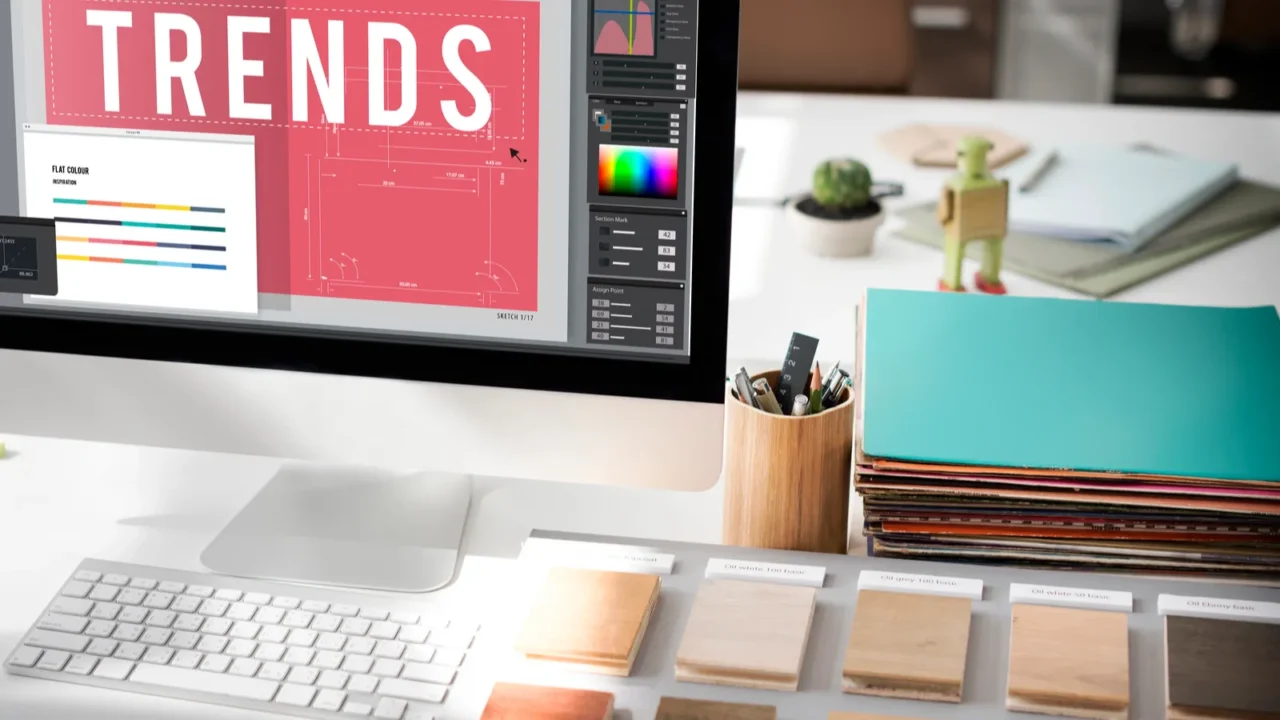
Trends vs. Timelessness
AI loves trends, as it’s trained on what’s popular now, scrollable, clickable, and viral. But timeless interiors aren’t trend-chasers. They’re built with purpose, history, and longevity in mind. Designers balance what’s hot with what holds emotional weight.
A trending backsplash might look great today but feel outdated tomorrow. Human designers help clients think bigger about legacy, lifestyle, and lasting impact. Because the goal isn’t always to go viral, it’s to go home and feel something every time you walk through the door.
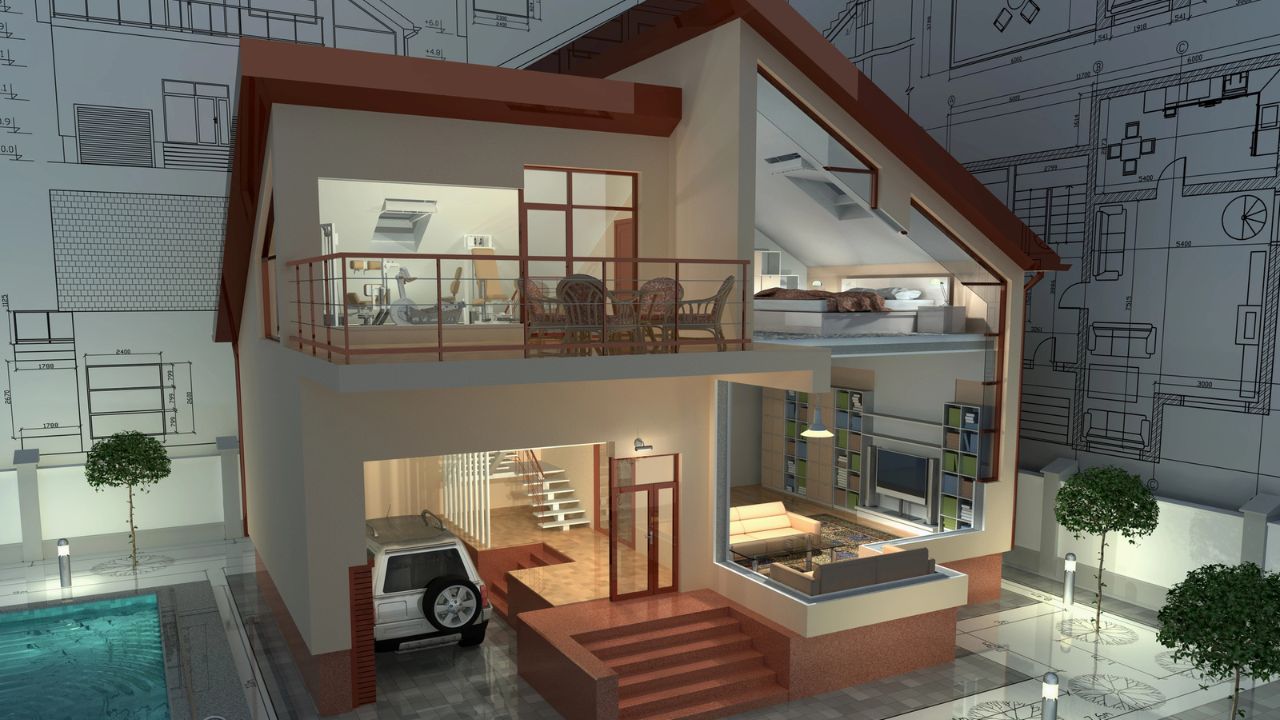
Beyond the Screen
AI can generate product mockups in seconds, but real-life sourcing is a craft. Designers visit showrooms, test fabrics, feel textures, and speak with artisans. They don’t just search by SKU, they source by story.
That custom tile from a local maker? The antique mirror with history? AI can’t find those. It’s in these details that a space becomes unique. The future of design still involves rolling up sleeves, touching, seeing, curating, not just clicking “generate.”
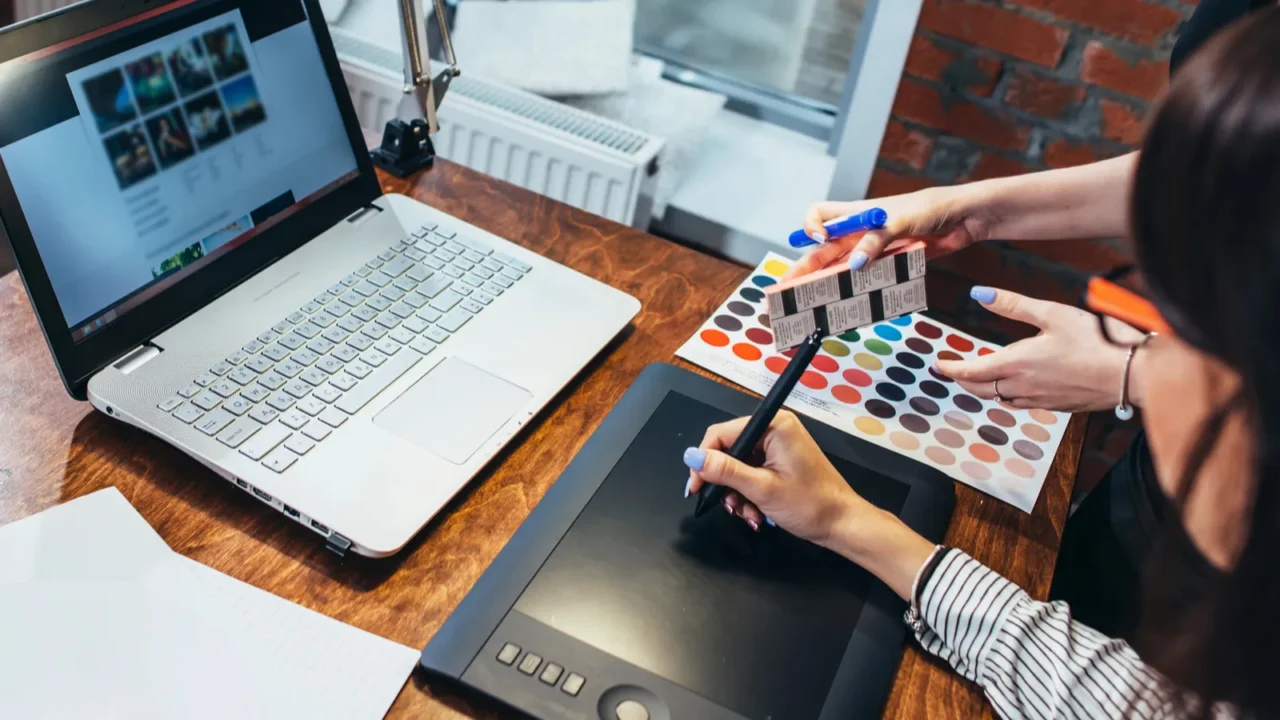
Where AI Shines?
Designers don’t just style spaces, they juggle timelines, budgets, and shipping headaches. And here’s where AI becomes a real MVP.
Platforms like Houzz Pro and Ivy are using AI to track costs, flag delays, and suggest in-stock alternatives before disaster strikes. Clients love the clarity, and designers love the time saved. It’s not glamorous, but it’s gold.
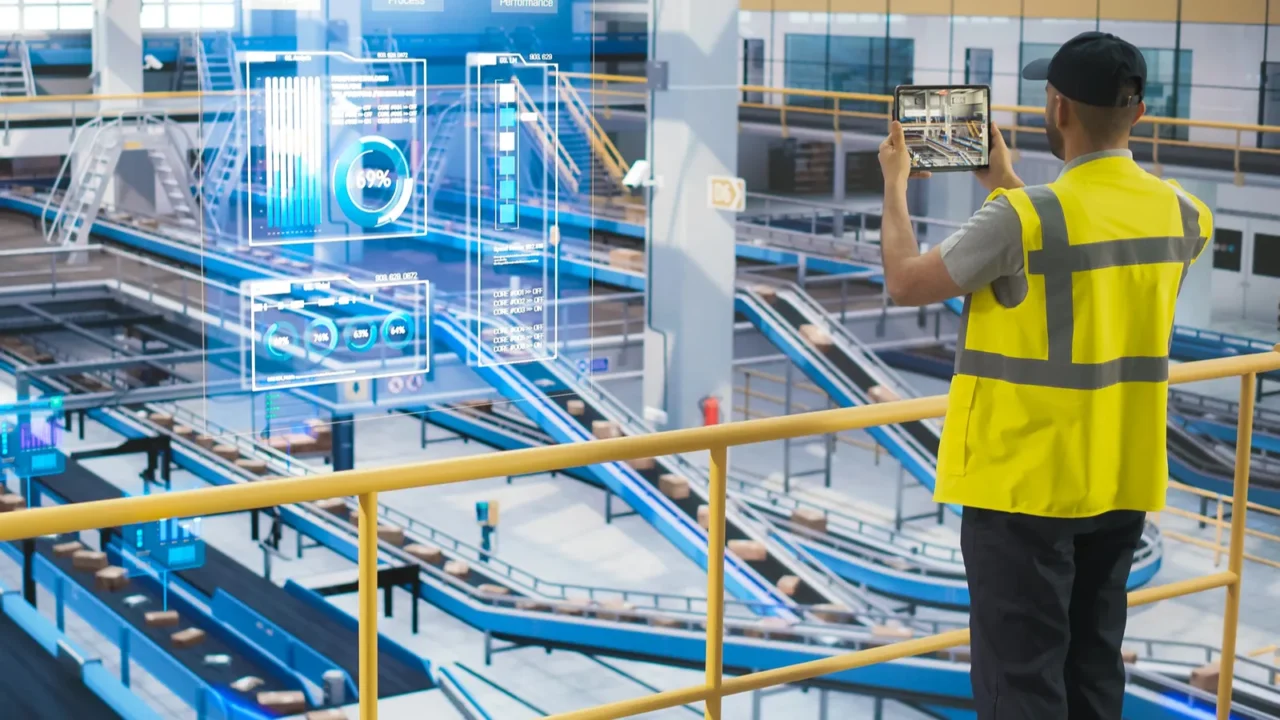
AI’s Big Role in Big Spaces
Commercial design is where AI is stretching its wings. Offices, hotels, hospitals, anywhere function meets flow, generative tools are streamlining the design process.
Need to test 30 floor plans for foot traffic and energy use? AI is your go-to. But even in these efficiency-first projects, humans step in to finesse color, brand identity, and atmosphere.
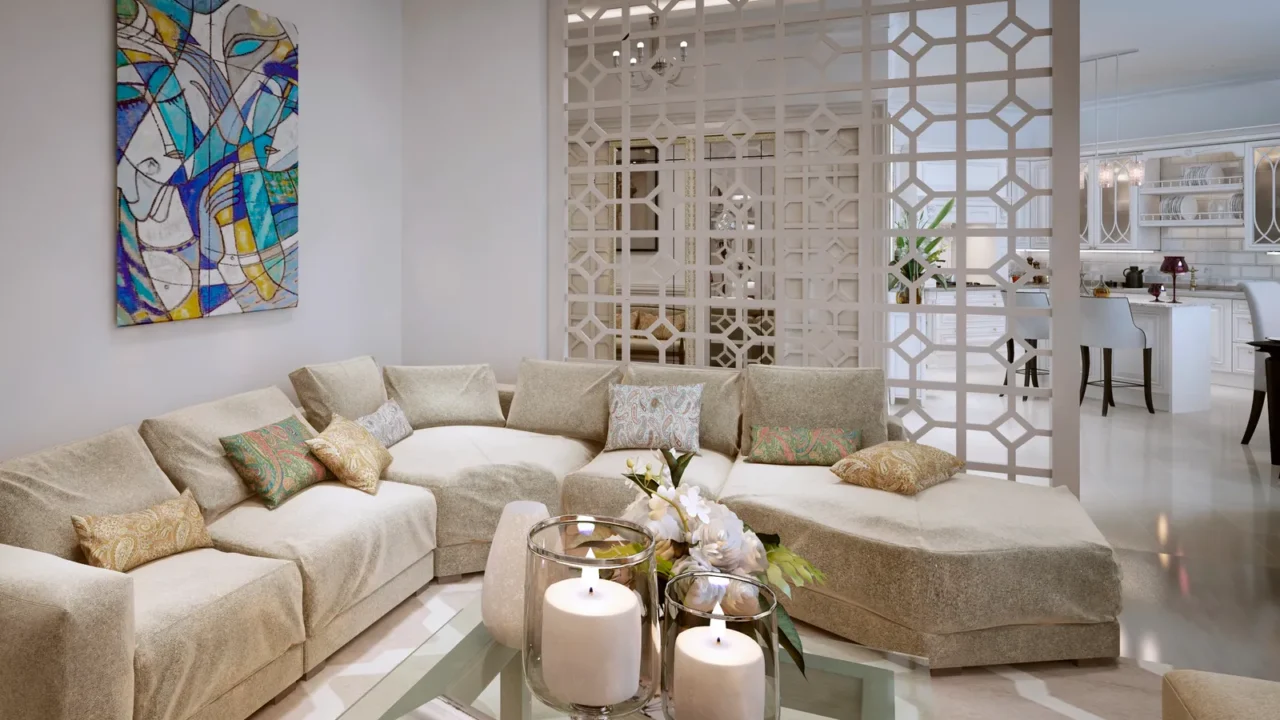
Culture Isn’t Coded, Yet
Design isn’t one-size-fits-all. It’s layered with history, identity, and cultural pride. A Mediterranean kitchen or a prayer corner means more than just pretty tiles or alcove lighting.
AI can suggest clean lines or trending palettes, but it won’t understand why an heirloom rug or ancestral portrait matters. That depth comes from lived experience.
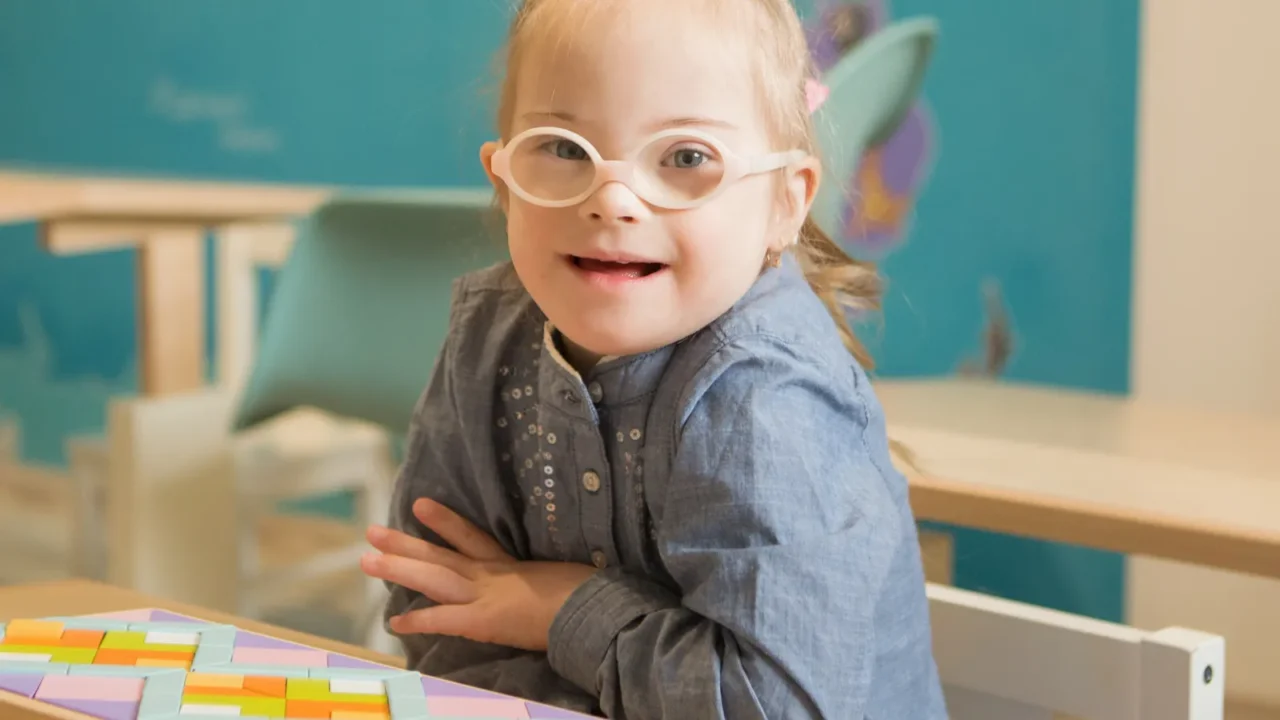
Designing for Neurodiversity
Design isn’t just about what looks good, it’s about how a space feels to different minds. For those with ADHD, autism, or sensory sensitivities, small design choices can dramatically affect comfort and functionality.
AI can suggest symmetry and palettes, but it doesn’t truly understand how noise, color, or layout impact neurodiverse individuals. Designers do. They ask the right questions, notice subtle needs, and create spaces that feel safe and empowering to everyone.

Teaching the Next Generation to Think
Design schools aren’t just teaching how to use AI, they’re digging into the why behind it. Who made the algorithm? Is it biased toward Eurocentric styles?
Does it support sustainability or push fast furniture? Designers of the future won’t just be fluent in tech, they’ll be conscious creators, asking better questions before they click “generate.”
Want to see how pros are blending innovation with intuition? Check out leveraging technology in interior design, your go-to guide for using smart tools without losing the soul of your design.
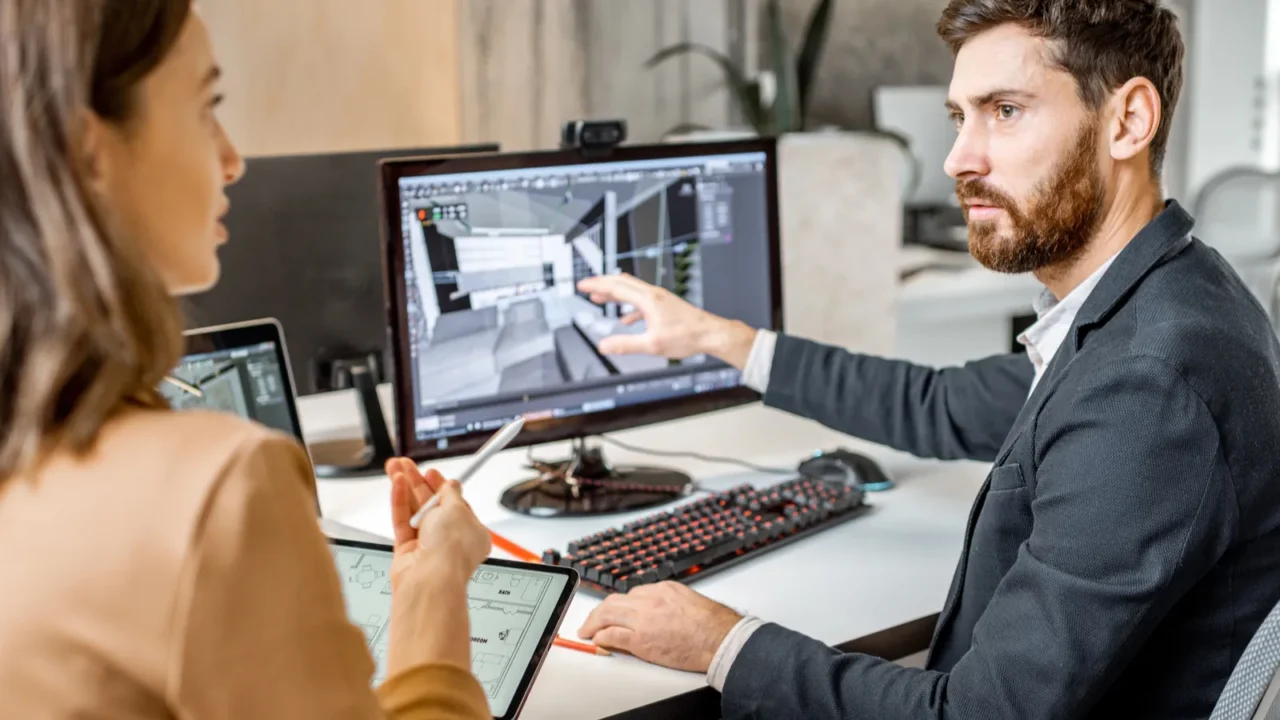
The DIY Design Boom (and Burnout)
Thanks to AI apps like DecorMatters and Planner 5D, more homeowners are jumping into DIY design with fresh confidence. And it’s exciting, until it’s not.
Once the decisions pile up and tech glitches hit, many folks realize that designing isn’t as easy as drag-and-drop. That’s when designers get the call. The rise of “design coaching” packages proves it. Today’s clients want guidance with their autonomy.
Explore our insider networking tips for interior designers. Staying plugged into real conversations, real mentors, and real communities keeps your creative edge razor sharp.
Will future AI ever develop aesthetic intuition? Or will design always belong to the human heart?
Read More From This Brand:
- Holiday Style Secrets from Design Tastemakers
- Emerging Trends in Interior Design Careers
- AI In Living Room Design (Your Smart Home)
Don’t forget to follow us for more exclusive content right here on MSN.
This slideshow was made with AI assistance and human editing.